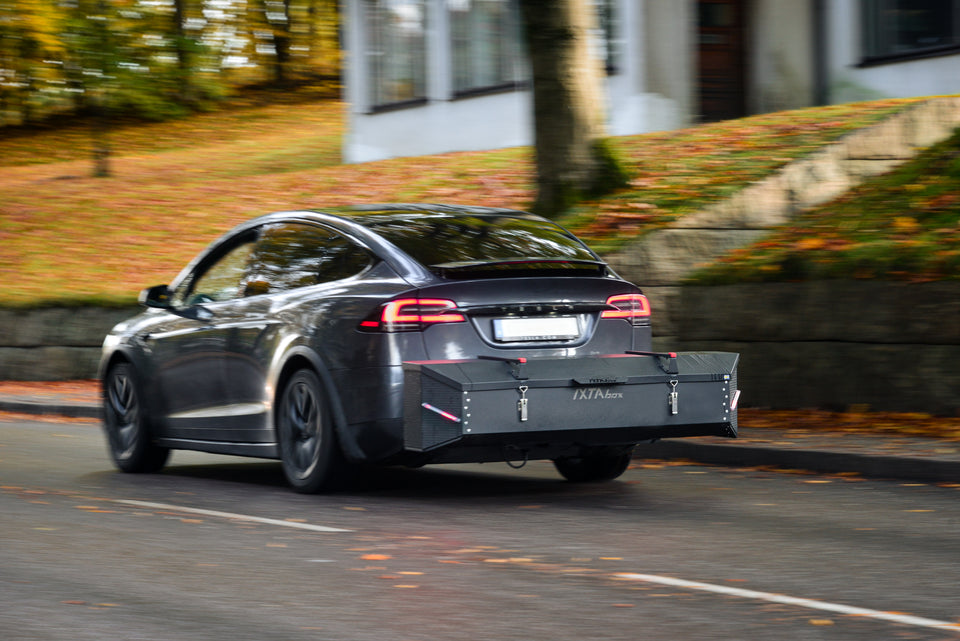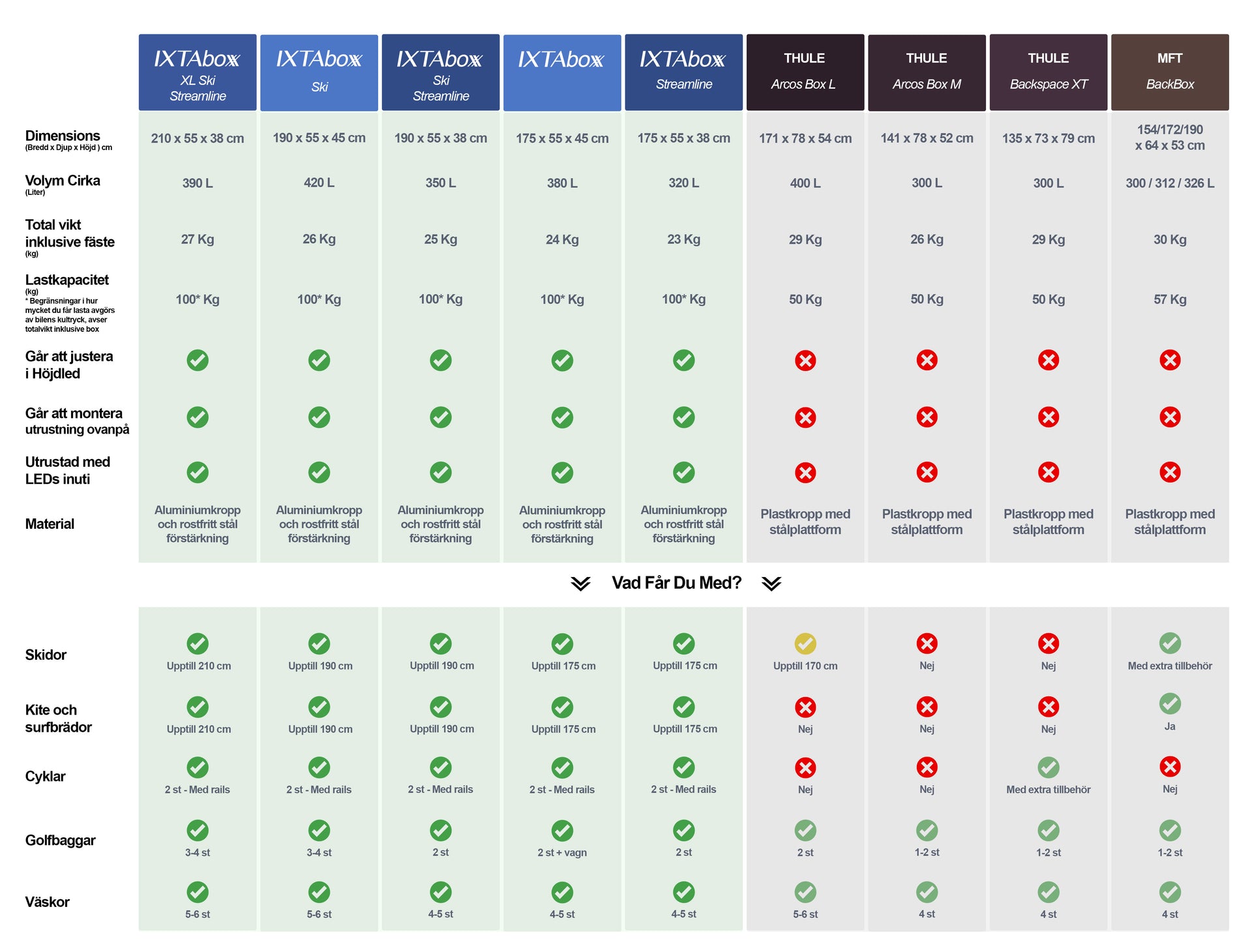Aerodynamics - ¿What Is Wind Drag?
In short, drag is the force of wind or air resistance pushing in the opposite direction to the motion of the object. When an object is moving through a medium, such as air, it generates drag, which can be greater or smaller pending on the shape of the object.
The specific drag level of an object is called the Drag Coefficient Cd. When multiplied by the Projected Area of the object moving through the medium Ap, the total Drag Force Fd can be calculated. This is the force that pushes the vehicle in the opposite direction to where it is heading. This is caused by the pressure difference that the object generates while moving through the medium, similarly to the wing of a plane that creates an upward lift due to the lower pressure on top of the wing. In a car, this lower pressure is typically created behind the vehicle where a wake is formed and the air reaches almost zero velocity as shown in image 1.

The simulations were done using a digital reference model called DrivAer Notchback, which has a Cd of 0,254 and is conceptually a mixture of an Audi, BMW, Mercedes, Volvo sedan vehicle.
With the projected Area, Ap of this reference vehicle being 2.106m2, the total Drag Force created Fd is 0,536. Computing using CFD for the two roof boxes and the six variants of IXTAboxes the following results were obtained.
After the master thesis was concluded we have added a diffusor wing to all IXTAbox models resulting in further improved aerodynamics. We do not have formal statistics, however estimated impact is further improved by -2% to -4%.
|
Model |
Cd |
Area (m2) |
CdA = Fd |
% Diff |
|
DrivAer Alone |
0.254 |
2.106 |
0.536 |
0% |
|
Streamlined roof box |
0.307 |
2.407 |
0.740 |
38% |
|
Volume roofbox |
0.310 |
2.472 |
0.769 |
43% |
|
150-40 IXTAbox |
0.263 |
2.106 |
0.554 |
3% |
|
150-60 IXTAbox |
0.281 |
2.106 |
0.592 |
10% |
|
170-40 IXTAbox |
0.263 |
2.106 |
0.555 |
4% |
|
170-60 IXTAbox |
0.281 |
2.108 |
0.596 |
11% |
|
190-40 IXTAbox |
0.282 |
2.152 |
0.603 |
13% |
|
190-60 IXTAbox |
0.283 |
2.183 |
0.618 |
15% |
Both roof boxes naturally increase the Projected Area (increased by 0.301-0.366m2), while only half of the IXTAbox models perceive any increase (increased by 0.002-0.077m2). Moreover, the higher Drag Coefficient Cd has a negative effect on the roof boxes, as Cd only increased slightly for the IXTAbox models.
The results conclude that the total drag force created with any variant of the IXTAbox will only increase from 3% to a maximum of 15%, while the rooftop boxes generate an extra drag force of 38% to 43%. Thus making he IXTAbox improving the vehicles aerodynamic properties with an average of 300% compared to a roofbox.
The impact of the drag difference is well depicted in the following comparable images, where you can see the size of the wake generated by both boxes, as well as the low-pressure zones and wind speed behind the vehicle.


*Image 2.2* The IXTAbox occupy part of the wake, thus streamlining the aerodynamic profile.
This study showed that the vertical position of the IXTAbox can also have an impact on the wind drag. An IXTAbox is preferably positioned levelled or higher than the undersurface of the car. In cases when the IXTAbox is positioned lower, the wind can flow between the car and the box, increasing wind drag to some degree (Image 4). However, under certain conditions, an IXTAbox on a vehicle can create a lower drag force than the vehicle alone.

* Image 3.* Optimal positioned IXTAbox 190x60. Even large IXTAbox can be optimal positioned.

* Image 4. Too low positioned IXTAbox 190x40 shows air moving between the car and the box thus greatly increasing the drag*
This is possible as an IXTAbox can replace much of the car's natural wake and thus changing the total shape of the vehicle and box. As seen in Images 2 and 3, the shape of the box makes a “natural” prolongation of the car’s sloping shape and thus improving the aerodynamic shape altogether. When a box adds a minimal Projected Area and is well-positioned to minimize the airflow coming from the underflow between the car and the box, interesting results can be achieved. In simulations where a diffusor is extended from the bottom of the IXTAbox towards the car, thus preventing the airflow between the car and the box, wind drag is approximately 5% lower than with only the vehicle. This scenario opens the door to the possibility of using an IXTAbox to lower wind drag and this driving farther.


